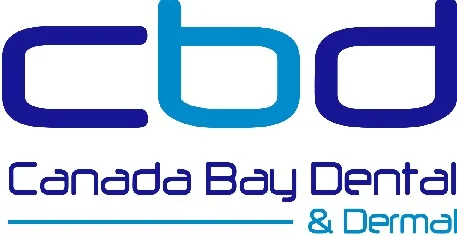The Mercury Question
/We all know that mercury is a toxic poison. However, it has also been a long standing practice in dentistry to include mercury as an ingredient in the silver amalgam teeth fillings used to fill cavities in our teeth. In 2013, a United Nations treaty was signed in Geneva by over 140 nations, including Australia, that called for measures to end global mercury pollution. Named the Minamata Treaty, after the Japanese city that was the site of the world’s worst mercury poisoning, the treaty specifically points to the use of mercury in dental amalgam and calls for its discontinued use.
Different Perspectives
Of course, opponents of the use of mercury in dental fillings are adamant that the change happen immediately and completely. They cite numerous health complications that have arisen in people who have received mercury fillings. The Australian Dental Association, while recognizing the imperative to step down the use of mercury amalgams, has not adopted quite the same position. They cite lack of evidence of the degree to which mercury fillings have had negative health consequences and other concerns regarding cost and durability of other options.
The Established Use of Mercury in Dentistry
The use of mercury in fillings has been common practice in dentistry for the last 150 years. The dental amalgam that is the substance of these fillings is comprised of about 50% mercury and 50% of a mixture of powdered metal alloys including silver, copper and tin. The mercury is the binding ingredient that holds it all together. Although critics would say that any amount of mercury is too much, dental associations maintain that only miniscule amounts of mercury particles or vapour are released from fillings, well below acceptable levels.
The Australian Dental Association maintains that most uses of mercury in fillings produce no ill side effects. They cite the strength and durability of the material, and its ability in creating a relatively low cost, and therefore accessible method of dental treatment. However, one can look at the fact that the National Health and Medical Research Council (NHMRC) has recommended that its use in treating pregnant women and children be discontinued. If it were completely safe, why the caution in these cases?
Replacement of Silver Fillings
Concern over the presence of mercury in existing fillings has grown to the point where people have begun having these teeth fillings replaced. However, this procedure is not without its dangers, and there is broad recognition at the lack of proper infrastructure to properly handle the removal and replacement of every silver filling in the country.
For one thing, the removal procedure itself raises the risk of toxicity to both the patient and the dentist. Protocols must be implemented, including the use of a dental dam, protection of the nose airway, provision of pressurized air to breathe, proper suction in the mouth, an efficient exhaust system with external vents, and protective masks for the dentist and dental staff.
Moreover, there is the disposal of the discarded mercury. It cannot be simply rinsed down the sink, or else it will end up in the water supply. Neither can it be disposed of via regular trash. It has to be taken to a safe waste disposal site, and this takes certain procedures that must be followed.
Opposition to Mercury Use is the Wave of the Future
As is the case with any major public policy question, there are always many factors influencing the answers, and compromises are generally in order. Clearly the trend is to eliminating the use of mercury altogether. Its use has already been phased out in many European nations. In Switzerland, it’s been 13 years since it was taught in dental schools.
There are suitable substitutes available now for filling teeth, such as porcelain and resin. Although questions of durability and cost exist, surely with the right motivation, technical advances will be made in the development of lower cost, safer and stronger alternatives.
What to Do if You Have Mercury Fillings
Surveying the data that is available to this point, current wisdom suggests that most people in good health do not have to worry about going out and having all of their fillings replaced. Of course, if an old one falls out, you can take the opportunity to have it replaced with a less toxic material.
If you are worried about your immune system or other health issues and do wish to have your old fillings replaced, one recommendation is to do it one quarter of your mouth at a time, over the course of several months during a year. As recommended, pregnant women and children should avoid having mercury fillings installed in the first place.
If you do have a concern about the health impact of your existing amalgam fillings or questions about the materials we use for new fillings, do not hesitate to get in touch or ask us directly at your next appointment.
